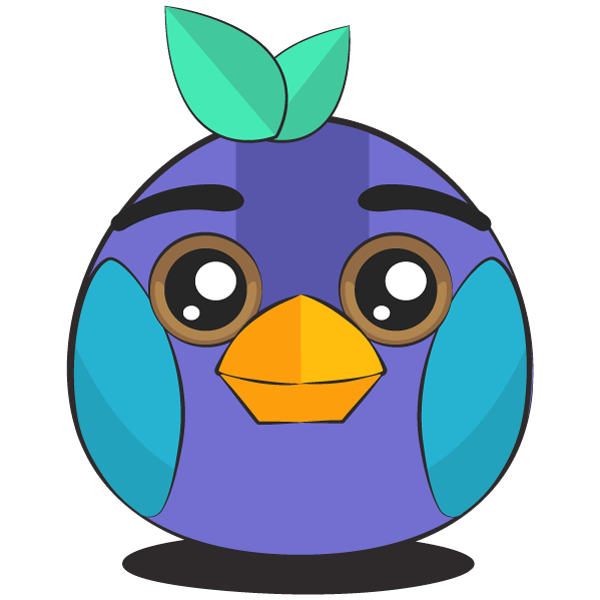The Kookaberry is a digital system
It’s a little digital system just like all the other digital systems that help us in our workplace and home and in our lives generally.
Even doorbells you can buy at your local hardware store are now digital systems.
It is really new and being tested. They could be in all schools over the next few years.

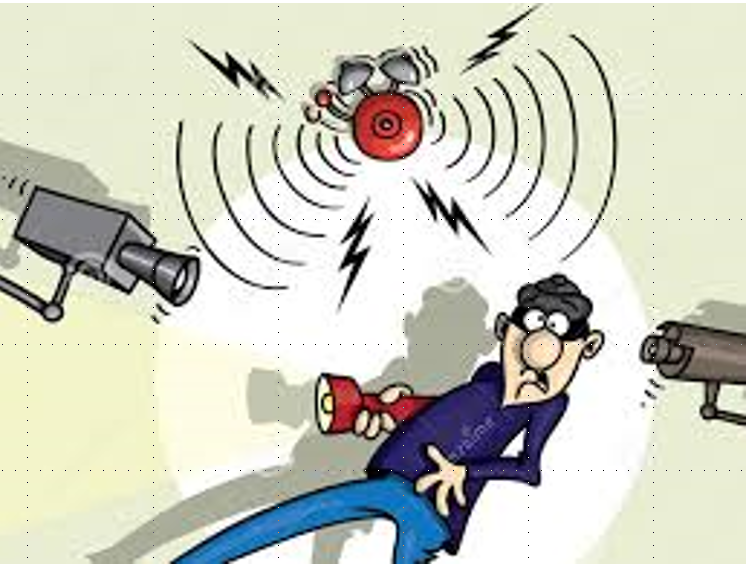
What is a digital system?
Digital systems receive information about what is around them, and then make decisions about what to do depending on the circumstances.
Like the digital systems in a car that send a signal to the driver if it is going too fast, or is too close to the car in front. Or a burglar alarm that senses movement and sets off an alarm. Or that senses when it is dark and switches on a light
How do digital systems sense things?
They use sensors which measure data that is useful to the decisions being made by the digital system.
Data used in this way is called information.
Data that is just waiting to be used is just called ……..data.


The LH image is a soil moisture sensor and the one on the RH side is a DHT11 sensor measuring temperature and relative humidity.

What is data?
Data are facts that describe something - like temperature; or how far away something is; how fast something is moving; how loud a sound is; or if a gate is open or closed.
Data can be numbers; words; or a voltage or current that is changing according to what a sensor is detecting.
Data is a funny word, as it is spelt the same whether it is singular or plural. Sentences using the word can look peculiar sometimes...
How do sensors collect data?
They change their electrical state - generally by varying voltage or current - in harmony with the continuously changing analogue data that they are measuring.
Human sensory receptors (eyes, ears, nose, etc) rely on analogue signals to interpret the natural world around them.
A microphone is a sensor

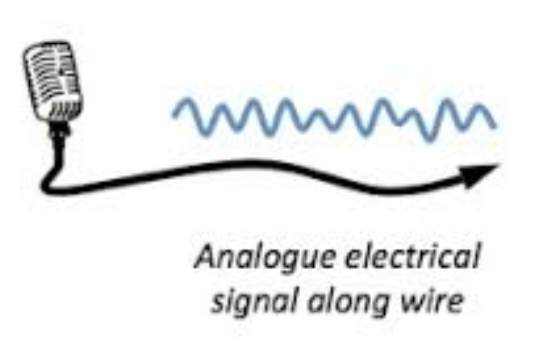
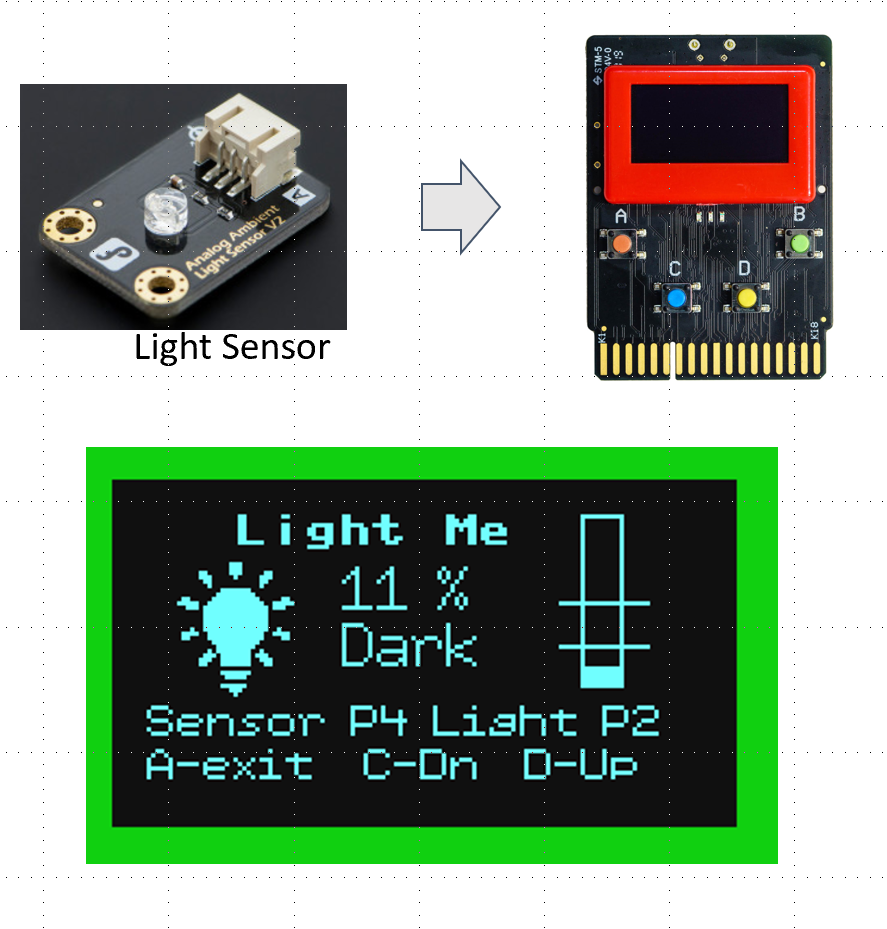
What does a digital system do with the data?
Its sensors detect change in voltage or current and turn it into something shown on a screen - like the temperature in degrees Celsius, or the intensity of light as a percentage.
It can also use the processed data or information to make a decision like a turning on a fan (if it is too hot), or a light (if it is too dark)
Why is it called a digital system?
Every digital system has a digital computer - also called a processor or a microcontroller - at its heart. That is why it is called a digital system.
Digital computers work with data that is represented by just two digits - zero and one. As there are only two digits it is called binary code - where “bi” means two.
Morse code is also a binary code, but its two states are not zero and one, but a long and short dash.

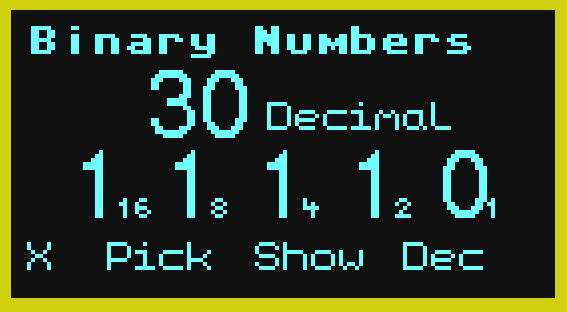
How do you convert decimal numbers into binary numbers?
This is the BinaryNumbers app on the Kookaberry.
Add the decimal numbers together in the places where the “1” is showing against the “bit” in the binary number to obtain its decimal equivalent.
The more “bits” in a binary number, the greater the range of decimal values it can represent.
How is an analogue signal changed into a digital signal?
An analogue signal, which has an infinite range of values or levels, can be reproduced if it is measured very rapidly, and the value transmitted in binary form.
This is usually done in blocks of eight bits called “bytes”. A byte full of “1’s” is 11111111 which is the number 255. Counting “0”as a number, there are 256 different levels in full.
The greater the sampling speed, the greater the accuracy of the digital measurement.
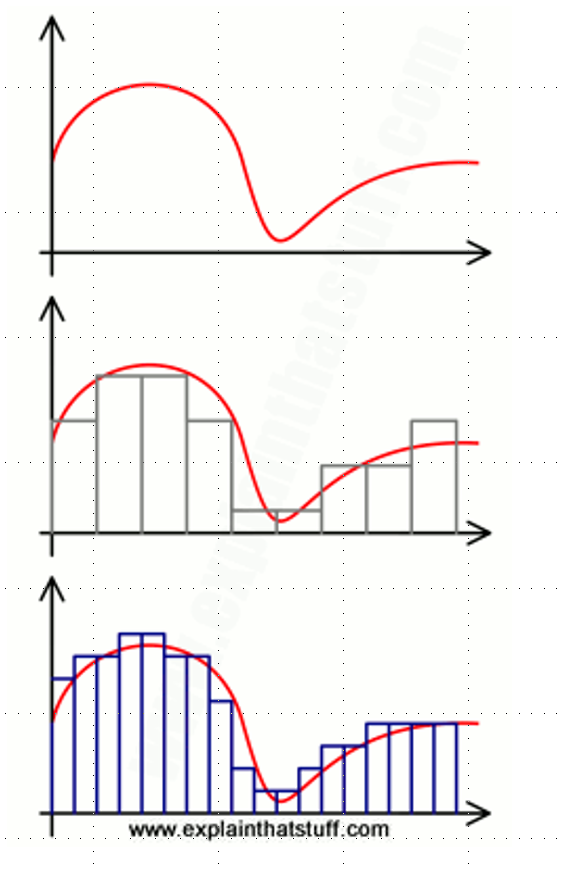

Are all sensors analogue?
No.
A microswitch, for instance detects whether a door or a window is open or closed. ON or OFF - truly digital...
Some analogue sensors have an Analogue to Digital Converter (ADC) built into them which transmits the analogue information in digital form to the digital system.
They are more expensive but more stable
How does a digital system work?
A set of instructions - called algorithms - are created to tell the system how to collect the data and what to do with it.
The algorithms are re-written by programmers in a language that the system’s computer can understand, process, and implement.
Programming languages (code) have their own rules and syntax just like any normal language.
The programme, or code, contained within the computer for a specific task is called an app or application.

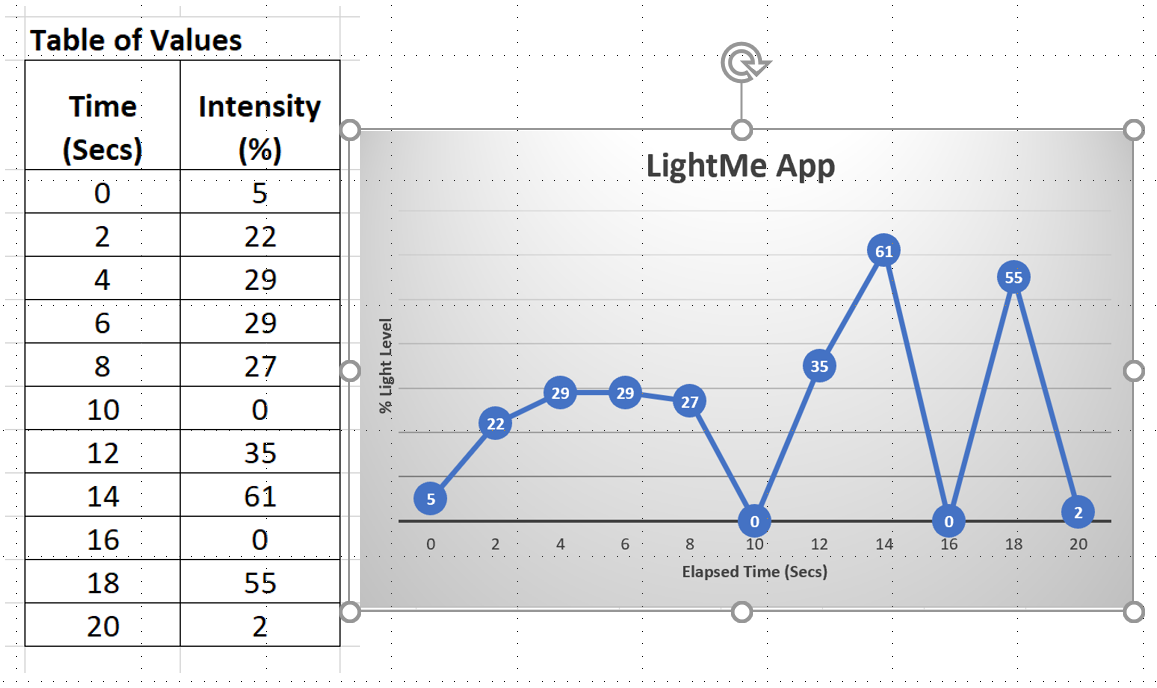
Can the Kookaberry store data?
Yes.
It will store measured values over time in a little semiconductor memory chip on the board
This is called data logging.
These values can be transferred to a PC as an Excel file for later display, visualisation, and analysis.
Do you have to know how to code to use the Kookaberry?
No.
The apps it uses have already been coded, and you can select them through the menu on the screen.
That means that you can be measuring things, or controlling something, within a few minutes of switching it on and plugging in the peripherals.
Like measuring how dry the soil is, and then switching on a watering system if it is too dry.


What does the code look like?
This is the MicroPython text-based code for the FeedMe app which writes “Water Me” to the screen and then “Thanks” on exit.
A block code called KookaBlockly created by the Australian inventor of the MicroPython language, Damien George, is now available.
Can I change the code in the apps?
Yes.
The Kookaberry uses the MicroPython programming language which was invented in Australia and is a very popular language used by many devices including the micro:bit.
For instance, if you wanted the WaterMe app to show a message on the screen that says “Help Me” when it is dry, instead of “Water Me!, then you can edit the code to do this.

What does an app look like?

Can the Kookaberry be used for other subjects?
Yes.
Digital systems are now a part of everyday life, and every subject we teach can benefit from using at least some of the technology that we take for granted outside of the classroom.

